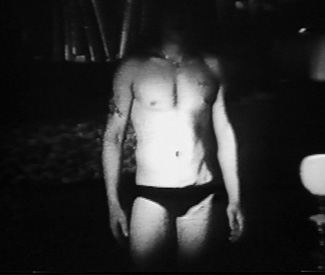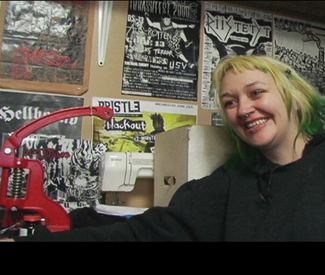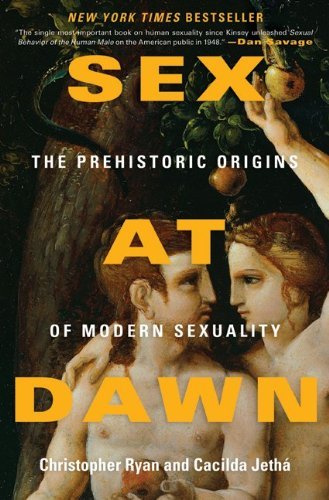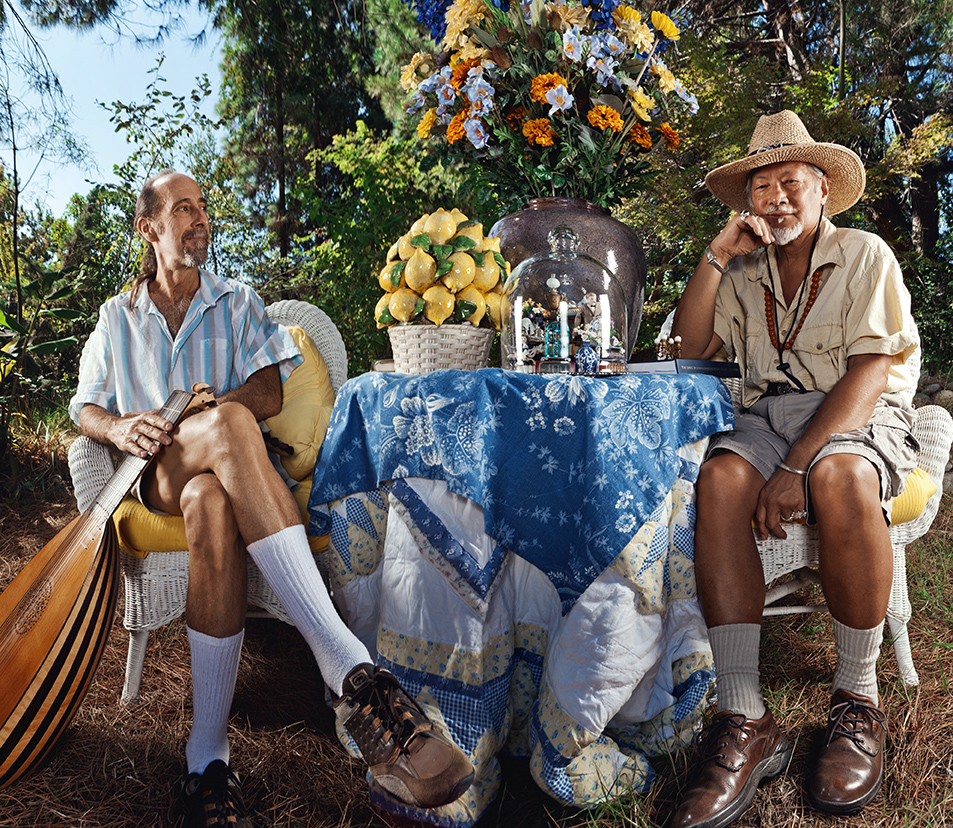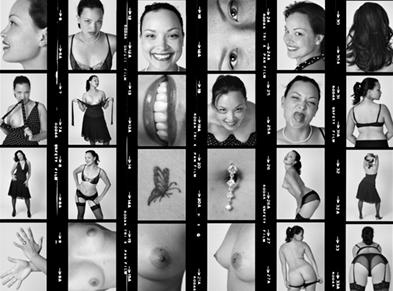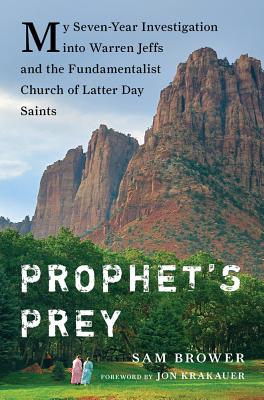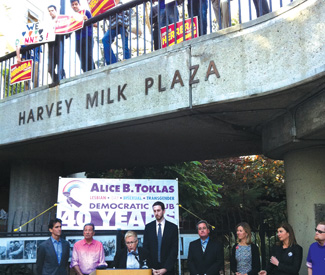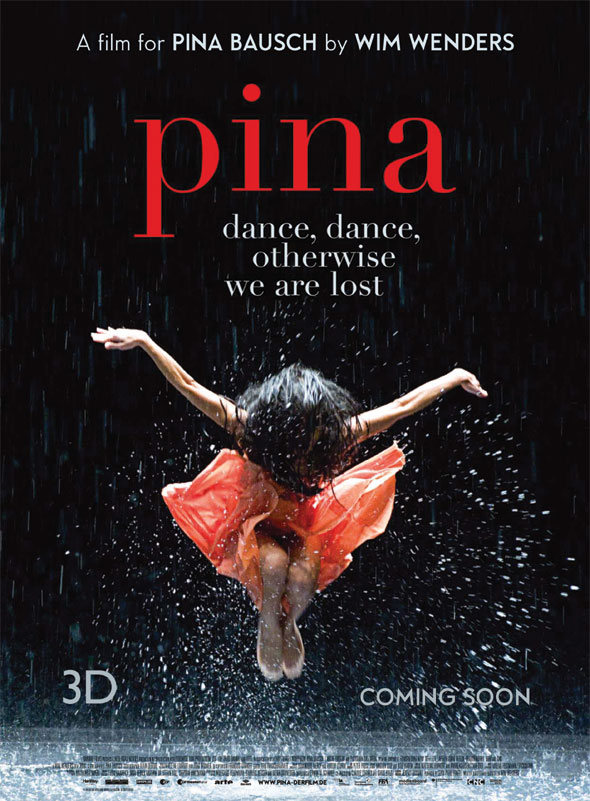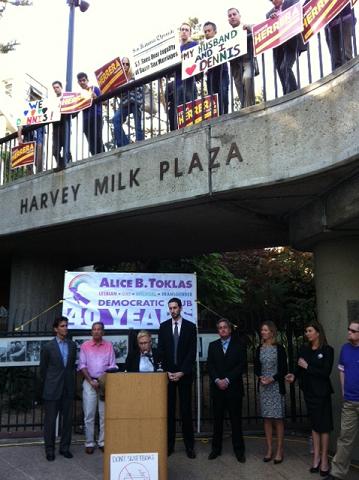Music listings are compiled by Emily Savage. Since club life is unpredictable, it’s a good idea to call ahead or check the venue’s website to confirm bookings and hours. Prices are listed when provided to us. Submit items for the listings at listings@sfbg.com. For further information on how to submit items for the listings, see Picks.
WEDNESDAY 9
ROCK/BLUES/HIP-HOP
Ancient Mariner, TurbonegrA, Beer Drinkers & Hell Raisers Bottom of the Hill. 9pm, $10.
Brian Bergeron Johnny Foley’s, 243 O’Farrell, SF; www.johnnyfoleys.com. 9pm, free.
Phil Brown 50 Mason Social House, SF; www.50masonsocialhouse.com. 10pm, free.
Greg Ashley Band, La Otracina, Great Society Mind Destroyers Hemlock Tavern. 9pm, $7.
Trevor Hall, Elan, Micah Brown Slim’s. 8pm, $16.
Jezabels, Hey Rosetta!, Giggle Party Rickshaw Stop. 8pm, $10-$12.
Keep Shelly in Athens, Kisses Independent. 8pm, $14.
Loney Dear, Harbours Cafe Du Nord. 9:30pm, $12.
Sparrows Gate, Mark David Ashworth & Muralismo, Magic! Magic Roses Brick and Mortar Music Hall. 9pm, $5-$8.
Tav Falco Panther Burns, Ken Stringfellow, Rock N Roll Adventure Kids Thee Parkside. 8pm, $12.
Tokyo Raid, Bad Bibles, Astral Elbo Room. 9pm, $6.
JAZZ/NEW MUSIC
Blues organ party with Chris Siebert Royal Cuckoo, 3202 Mission, SF; www.royalcuckoo.com. 7:30pm, free.
Chris Amberger Trio Yoshi’s Jazz Lounge. 6pm.
Cosmo AlleyCats Le Colonial, 20 Cosmo Place, SF; www.lecolonialsf.com; 7-10pm.
Dink Dink Dink, Gaucho, Michael Abraham Amnesia. 7pm, free.
Greg Gotelli Quartet Mejool, 2522 Mission, SF; www.medjoolsf.com. 6-9pm, free.
Ricardo Scales Top of the Mark, 999 California, SF; www.topofthemark.com. 6:30pm, $5.
DANCE CLUBS
Booty Call Q-Bar, 456 Castro, SF; www.bootycallwednesdays.com. 9pm. Juanita Moore hosts this dance party, featuring DJ Robot Hustle.
Death or Glory Milk. 9pm, free. Punk rock dance party with Handsome Hawk Valentine and DJs Bazooka Jules and Queen-e.
Mary Go Round Lookout, 3600 16th St, SF; www.lookoutsf.com. 10pm, $5. Drag with Suppositori Spelling, Mercedez Munro, and Ginger Snap.
Megatallica Fiddler’s Green, 1333 Columbus, SF; www.megatallica.com. 7pm, free. Heavy metal hangout.
No Room For Squares Som., 2925 16th St, SF; (415) 558-8521. 6-10pm, free. DJ Afrodite Shake spins jazz for happy hour.
Vespa Beat Bliss Bar, 4026 24th St., SF; www.blissbarsf.com. 9pm, free. MSK.fm spins raregrooves, electroswing, and boogie.
THURSDAY 10
ROCK/BLUES/HIP-HOP
Beth Custer Ensemble, Eda Maxym and the Imagination Club, Trio Garufa Brava Theatre, 2781 24th St., SF; www.brava.org. 7pm, $20.
Black Veil Brides, Falling in Reverse, Aiden, Drive A Regency Ballroom. 7pm, $20.
Cory Branan Thee Parkside. 9pm, $7.
Chairman Wow, Shake Your Peace, Guy Fox Cafe Du Nord. 9pm, $10.
Jay Farrar, Bobby Bare Jr. Great American Music Hall. 8pm, $21.
Geographer, Electric Guest Rickshaw Stop. 9pm, $13.
Gunshy Johnny Foley’s, 243 O’Farrell, SF; www.johnnyfoleys.com. 9pm, free.
Anthony Hamilton Warfield. 8pm, $37.50-$55.
Holy Ghost!, Jessica 6, Eli Escobar Slim’s. 8pm, $16.
JC Brooks & the Uptown Sound, East Bay Grease, Struts Bottom of the Hill. 9pm, $10.
Little Queenie, Sex Church, HIV Hemlock Tavern. 9pm, $7.
Madsen San Francisco City College amphitheater, 50 Phelan, SF; www.goethe.de. Noon.
Ty Segall Brick and Mortar Music Hall. 9pm, free with registration at drambuie.eventbrite.com.
JAZZ/NEW MUSIC
“IAMINDUST: International Ambient & Industrial Music Festival” Lab, 2948 16 St, SF; (415) 864-8855. 8pm.
Jazz organ party with Grahmm Connah Royal Cuckoo, 3202 Mission, SF; www.royalcuckoo.com. 7:30pm, free.
Tom Lander & Friends Mejool, 2522 Mission, SF; www.medjoolsf.com. 6-9pm, free.
Ottmar Liebert Rrazz Room, 222 Mason, SF; www.therrazzroom.com. 8pm, $25.
Oggie Beat Yoshi’s Jazz Lounge. 6:30pm.
Lavay Smith and Her Red Hot Skillet Lickers perform Patsy Cline Yoshi’s. 8pm, $10.
Stompy Jones Top of the Mark, 999 California, SF; www.topofthemark.com. 7:30pm, $10.
FOLK/WORLD/COUNTRY
Carolyn Mark & Vagabondage 50 Mason Social House, SF; www.50masonsocialhouse.com. 7pm.
Poi Dog Pondering Acoustic Quintet, Abra Moore Swedish American Hall, 8pm, $18-$20.
Twang! Honky Tonk Fiddler’s Green, 1330 Columbus, SF; www.twanghonkytonk.com. 5pm. Live country music, dancing, and giveaways.
DANCE CLUBS
Afrolicious Elbo Room. 9:30pm, $6-$8. Afrobeat, Tropicália, electro, samba, and funk with DJs/hosts Pleasuremaker, Senor Oz and special guest Joni Haastrup with Monomono.
Guilty Pleasures Gestalt, 3159 16th St, SF; (415) 560-0137. 9:30pm, free. DJ TophZilla, Rob Metal, DJ Stef, and Disco-D spin punk, metal, electro-funk, and 80s.
International Public Works. 9pm, free-$5. With DJ Theory, Manics, Baan, Ear Jerker, Bootyklap, Bad Shoes Records.
Thursday Special Tralala Revolution Café, 3248 22nd St, SF; (415) 642-0474. 5pm, free. Downtempo, hip-hop, and freestyle beats by Dr. Musco and Unbroken Circle MCs.
Thursdays at the Cat Club Cat Club. 9pm, $6 (free before 9:30pm). Two dance floors bumpin’ with the best of 80s mainstream and underground with Dangerous Dan, Low Life, and guests.
Tropicana Madrone Art Bar. 9pm, free. Salsa, cumbia, reggaeton, and more with DJs Don Bustamante, Apocolypto, Sr. Saen, Santero, and Mr. E.
FRIDAY 11
ROCK/BLUES/HIP-HOP
Brandt Brauer Frick Ensemble, Pyschic Friend, James and Evander Rickshaw Stop. 9pm, $12.
Jay Brannan, Last Men on Earth, Dear Indugu Bottom of the Hill. 9pm, $14.
Buxter Hoot’n, Trans Van Santos, Indianna Hale Brick and Mortar. 9pm, $5-$10.
Richie Cunning, Pep Love, Melina Jones Elbo Room. 10pm, $8-$10.
Diego’s Umbrella, Mwahaha, Beso Negro Independent. 9pm, $15. With DJ sets by Rondo Brothers .
Dogs & Fishes, Salif Band 50 Mason Social House, SF; www.50masonsocialhouse.com. 7pm, free.
Fat Opie Bazaar Cafe, 5927 California, SF; www.bazaarcafe.com. 7pm, free.
Lea Grant Lost Church, 65 Capp, SF; www.thelostchurch.com. 8pm, $10.
Guido, Jeff & Rome Balestrieri Johnny Foley’s cellar, 243 O’Farrell, SF; www.duelingpianosatfoleys.com. 9pm, free.
Gwar, Every Time I Die, Warbeast Regency Ballroom. 8pm, $25.
Live Evil, Meat Sluts, Unko Utama Hemlock Tavern. 9:30pm, $7.
Morris Day & the Time, DJ Dave Paul Mezzanine. 9pm, $35.
Poor Man’s Whiskey, Ten Mile Tide Fillmore. 9pm, $20.
Ra Ra Riot, Delicate Steve, Yellow Ostrich Great American Music Hall. 9pm, $20.
Real Estate, Big Troubles Slim’s. 9pm, $17.
Sole Johnny Foley’s, 243 O’Farrell, SF; www.johnnyfoleys.com. 9pm, free.
We Were Promised Jetpacks, Royal Bangs, Bear Hands Bimbo’s. 9pm, $20.
JAZZ/NEW MUSIC
Black Market Jazz Orchestra Top of the Mark, 999 California, SF; www.topofthemark.com. 9pm, $10.
Broken Strings Yoshi’s Jazz Lounge. 6-9pm.
“IAMINDUST: International Ambient & Industrial Music Festival” Lab, 2948 16 St, SF; (415) 864-8855. 8pm.
Ottmar Liebert Rrazz Room, 222 Mason, SF; www.therrazzroom.com. 8pm, $25.
FOLK/WORLD/COUNTRY
David Murray Cuban Ensemble Yoshi’s. 8 and 10pm, $16-$25. Performing Nat King Cole en Espanol.
DANCE CLUBS
Afro Bao Little Baobab, 3388 19th St, SF; (415) 643-3558. 10pm, $5. Afro and world music with rotating DJs including Stepwise, Steve, Claude, Santero, and Elembe.
Blow Up: Egyptrixx DNA Lounge. 10pm, $20. With Gigamesh and resident DJ Jeffrey Paradise.
11.11.11 Public Works. 10pm, $20. Breaks, electro house, and dubstep with Hatiras, Deekline, Keith Mackenzie, DJ Fixx, Hero, Icon, and more.
Indie Slash Amnesia. 10pm. With DJ Danny White.
Old School Dance Party El Rio. 9pm. DJs spinning freestyle, new wave, hip-hop, and old school jams.
Vintage Orson, 508 Fourth St, SF; (415) 777-1508. 5:30-11pm, free. DJ TophOne and guest spin jazzy beats for cocktalians.
SATURDAY 12
ROCK/BLUES/HIP-HOP
Austra, Grimes, Sister Crayon Great American Music Hall. 9pm, $14-$16.
Bay Area Heat Johnny Foley’s, 243 O’Farrell, SF; www.johnnyfoleys.com. 9pm, free.
Blockhead and DJ Cam, DJ Esau Yoshi’s Jazz Lounge.10:30pm, $20.
California Honeydrops Brick and Mortar Music Hall. 9pm, $10-$15.
Cobra Skulls, Nothington, Heartsounds, Civil War Rust Thee Parkside. 9pm, $10.
Heel Draggers Amnesia. 9pm. With 2 Men Will Move You.
Iration, Tomorrows Bad Seeds, Through the Roots Regency Ballroom. 8pm, $20.
Jeff, Rome Balestrieri, Guido Johnny Foley’s cellar, 243 O’Farrell, SF; www.duelingpianosatfoleys.com. 9pm, free.
Little Scream, Bobby, Tidelands Bottom of the Hill. 9:30pm, $10.
Led Zeppelin 2: The Live Experience Slim’s. 9pm, $16.
Lotus, Keys N Krates Independent. 9pm, $22.
Lyle Lovett Warfield. 9pm, $42.50-$69.50.
Rich Robinson, Dylan Leblanc Cafe Du Nord. 9:30pm, $20.
Slough Feg, Christian Mistress, Beercraft Hemlock Tavern. 9:30pm, $10.
They Might Be Giants Fillmore. 9pm, $27.50.
Vises, Year of the Fist Thee Parkside. 3pm, free.
Yelle, Housse de Racket Mezzanine. 9pm, $27.50.
JAZZ/NEW MUSIC
Audrey Moira Shimkas Trio Yoshi’s Jazz Lounge. 6pm.
“IAMINDUST: International Ambient & Industrial Music Festival” Lab, 2948 16 St, SF; (415) 864-8855. 8pm.
Ottmar Liebert Rrazz Room, 222 Mason, SF; www.therrazzroom.com. 7 and 9:30pm, $25.
Pamela Rose, Denise Perrier Herbst Theatre, 401 Van Ness, SF; www.sfjazz.org. 8pm, $20-$40.
FOLK/WORLD/COUNTRY
Carlos Barbosa-Lima Brava Theater, 2781 24 St, SF; www.omniconcerts.com. 8pm, $38.
David Murray Cuban Ensemble Yoshi’s. 8 and 10pm, $25.
“Little Flower” ArtSpace4500, SF; rsvp@artspace4500.com. 7:30pm, $15-$20. Joseh Garcia performing contemporary Brazilian music.
Saturday Night Salsa Ramp, 855 Francois, SF; www.facebook.com/therampsf. 5:30pm, $10.
DANCE CLUBS
Afro Bao Little Baobab, 3388 19th St, SF; (415) 643-3558. 10pm, $5. Afro and world music with rotating DJs including Stepwise, Steve, Claude, Santero, and Elembe.
Bootie SF: A+D Homecoming Show DNA Lounge. 9pm, $8-$15. Mashups with Adrian and Mysterious D, live mashup rock band Smash-Up Derby, electro-house DJs Haute Toddy and Kraftrmath, and more.
Cockfight Underground SF, 424 Haight, SF; (415) 864-7386. 9pm, $7. Rowdy dance night for gay boys .
Deep Disco House Party Knockout. 10pm, $3. With DJs Mauricio Aviles, Ryan Poulsen, John P. Segura.
Hi Tek Soul Public Works. 10pm, $12-$17. Detroit techno with DJs Derrick May and Kevin Saunderson.
Tormenta Tropical vs. Bodega Elbo Room. 10pm, $5-$10. Electro Cumbia with DJs Shawn Reynaldo, and Oro11 plus guests Panamami, Cee Brown, and Melaaza.
SUNDAY 13
ROCK/BLUES/HIP-HOP
Hot Buttered Rum, Greensky Bluegrass Great American Music Hall. 8pm, $21.
“International Blues Challenge” Biscuits & Blues. 2-6pm, $15-$20. With Pinkie Redeau and Blind Resistance, David Landon Band, Paula Harris and Blu Gruv, Delta Wires.
Krays, Hounds & Harlots, Crusade, Blank Spots Thee Parkside. 8pm, $10.
Lotus, Keys N Krates Independent. 9pm, $22.
Myles Boisen Group, Ava Mendoza, Lisa Mezzacappa’s Bait & Switch Hemlock Tavern. 9pm, $7.
Sense Fail, Stick to Your Guns, Make Do And Mend Slim’s. 7pm, $16.50-$19.
Something Left, Unsaid, Beneath the Embers, Out for Blood DNA Lounge. 5:30pm, $12. With SuperBabe, Mutilations, Nineteen-95, and more.
Stan Erhart Band Johnny Foley’s, 243 O’Farrell, SF; www.johnnyfoleys.com. 9pm, free.
They Might Be Giants Fillmore. 8pm, $27.50.
Trainwreck Riders, Passenger & Pilot, Whiskerman Rickshaw Stop. 8pm, $10.
Two Man Gentlemen Band, Colin Gilmore, Barbary Ghosts Amnesia. 9pm, $7-$10.
JAZZ/NEW MUSIC
Blues organ party with Lavay Smith and Chris Siebert Royal Cuckoo, 3202 Mission, SF; www.royalcuckoo.com. 7:30pm, free.
Tom Lander & Friends Mejool, 2522 Mission, SF; www.medjoolsf.com. 6-9pm, free.
Hermann Lara and his Jazz Nexus Yoshi’s Jazz Lounge. 6:30pm.
Ottmar Liebert Rrazz Room, 222 Mason, SF; www.therrazzroom.com. 7pm, $25.
Dorado Schmitt & Django All-Stars Herbst Theatre, 401 Van Ness, SF; www.sfjazz.org. 7pm, $20-$50.
Tango No. 9 Bliss Bar, 4026 24th St, SF; www.blissbar.com. 4:30-7:30pm, $10.
FOLK/WORLD/COUNTRY
David Murray Cuban Ensemble Yoshi’s. 5 and 7pm, $16-$25.
Sunday Night Salsa Ramp, 855 Francois, SF; www.facebook.com/therampsf. 5:30pm, $10.
Twang Sundays Thee Parkside. 4pm, free. With Hang Jones, Chris James & the Romeos. 4pm, free.
DANCE CLUBS
Batcave Club 93, 93 9th St, SF 10pm, $5. Death rock, goth, and post-punk with Steeplerot, XChrisT, Necromos and c_death.
Dub Mission Elbo Room. 9pm, $6. Dub, dubstep, roots, and dancehall with DJ Sep, Vinnie Esparza, and guest DeeJay Bella.
Jock Lookout, 3600 16th St, SF; www.lookoutsf.com. 3pm, $2. Raise money for LGBT sports teams while enjoying DJs and drink specials.
La Pachanga Blue Macaw, 2565 Mission, SF; www.thebluemacawsf.com. 6pm, $10. Salsa dance party with live Afro-Cuban salsa bands.
Tropical Hot Dog Night Knockout. 10pm, free. Mutant disco, and post-punk with DJ Placentina.
MONDAY 14
ROCK/BLUES/HIP-HOP
A Winged Victory for the Sullen Independent. 8pm, $15. With ACME String Ensemble, Benoit Pioulard, Ken Camden.
Black Joe Lewis & the Honeybears, Sheepdogs, Dikes of Holland Fillmore. 8pm, $20.
Burning of Rome, Saything Elbo Room. 9pm, $6.
Company of Thieves, Jhameel, Motopony Cafe Du Nord. 9:30pm, $12.
Damir Johnny Foley’s, 243 O’Farrell, SF; www.johnnyfoleys.com. 9pm, free.
Family Force Five Slim’s. 7:30pm, $16.
Gym Class Heroes, Dirty Heads, Wallpaper Regency Ballroom. 7pm, $27.
Hides, Neutral Boy, Narwahl Hemlock Tavern. 7:30pm, $5.
Static Jacks, Chapter 24, Kitten Rickshaw Stop. 8pm, $10.
JAZZ/NEW MUSIC
Bossa Nova Tunnel Top, 601 Bush, SF; (415) 722-6620. 8-11:30pm, free. Live acoustic Bossa Nova.
FOLK/WORLD/COUNTRY
Toshio Hirano Amnesia. 9pm, free.
DANCE CLUBS
Death Guild DNA Lounge. 9:30pm, $3-5. Gothic, industrial, and synthpop with Joe Radio, Decay, and Melting Girl.
M.O.M. Madrone Art Bar. 6pm, free. DJs Timoteo Gigante, Gordo Cabeza, and Chris Phlek playing all Motown every Monday.
Sausage Party Rosamunde Sausage Grill, 2832 Mission, SF; (415) 970-9015. 6:30-9:30pm, free. DJ Dandy Dixon spins vintage rock, R&B, global beats, funk, and disco at this happy hour sausage-shack gig.
TUESDAY 15
ROCK/BLUES/HIP-HOP
Army Navy, New Diplomat Rickshaw Stop. 8pm, $10.
Jefferson Bergey, Alexis Jimenez, Lilly Holbrook, Celeste Ignacio 50 Mason Social House, SF; www.50masonsocialhouse.com. 7pm, free.
Black Star, Los Rakas Mezzanine. 8pm, $39.50
Dawes, Blitzen Trapper, Belle Brigade Fillmore. 8pm, $25.
Disasteroid, Atz Brothers, Die Fistery Knockout. 9:30pm, $5.
Future Islands, Ed Schrader’s Music Beat, Secret Shoppers Bottom of the Hill. 9pm, $14.
Hey Marseilles, Flying Childers, Rin Tin Tiger Cafe Du Nord. 7:30pm, $10.
John Lawton Trio Johnny Foley’s, 243 O’Farrell, SF; www.johnnyfoleys.com. 9pm, free.
Outdoorsmen, Los Headaches, Shrouds Hemlock Tavern. 9pm, $6.
Over the Rhine, Milk Carton Kids Great American Music Hall. 8pm, $25.
JAZZ/NEW MUSIC
San Francisco Jazz Quartet Yoshi’s. 8pm, $20.
DANCE CLUBS
Brazilian Wax Elbo Room. Forro/samba with DJs Carioca and P-Shot and special live guest Candelaria.
Eclectic Company Skylark, 9pm, free. DJs Tones and Jaybee spin old school hip hop, bass, dub, glitch, and electro.

